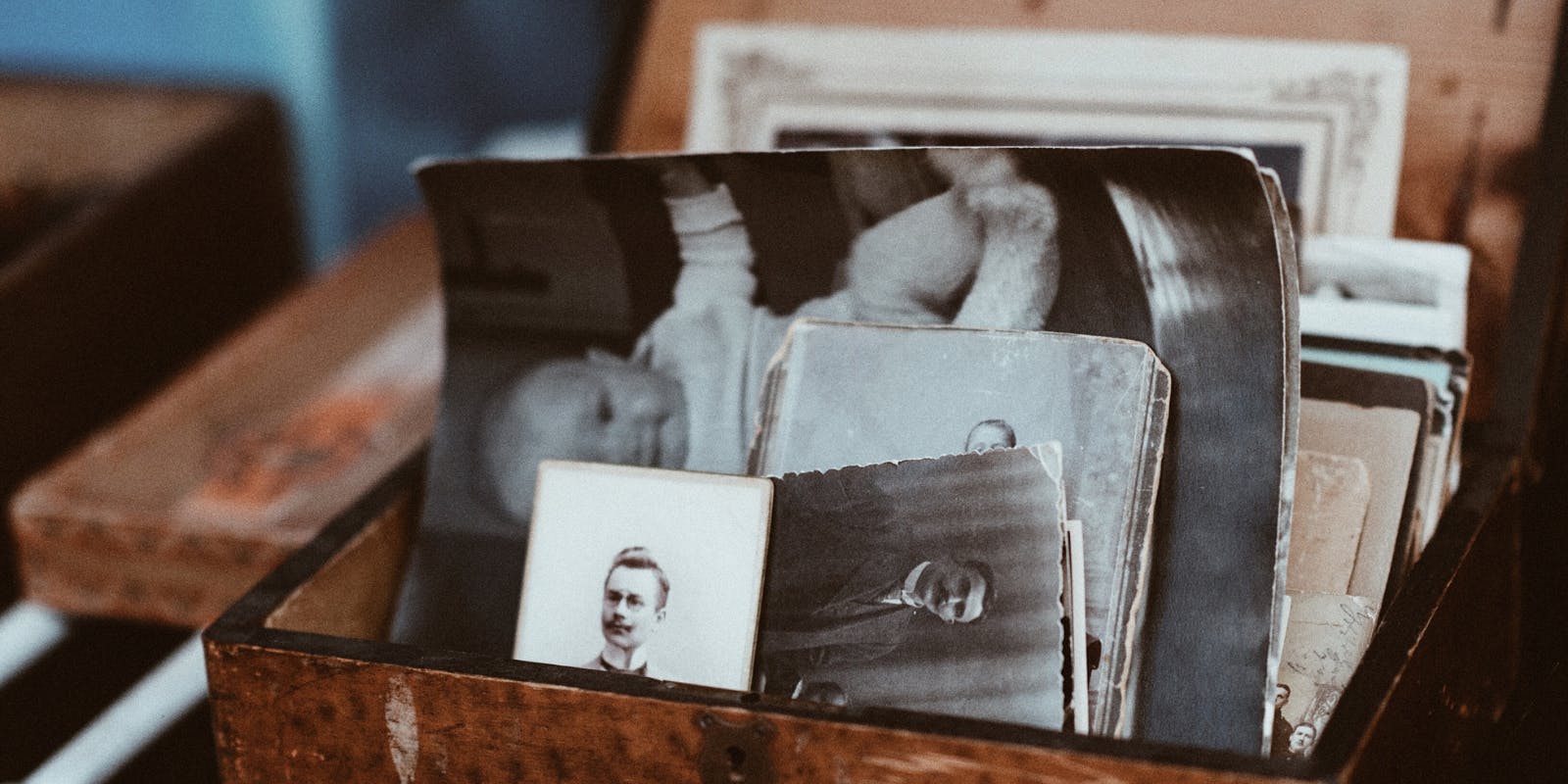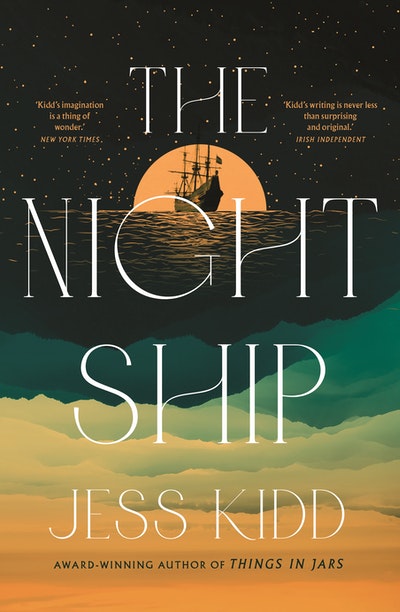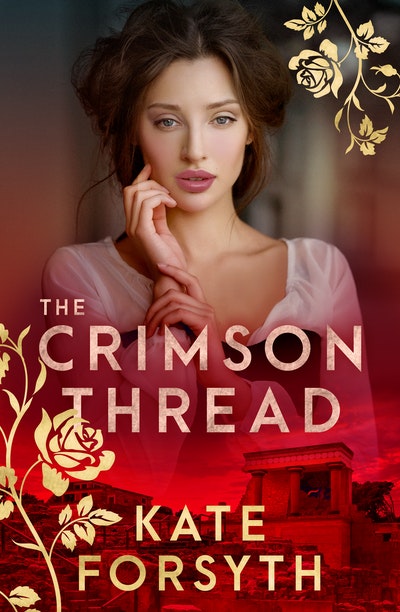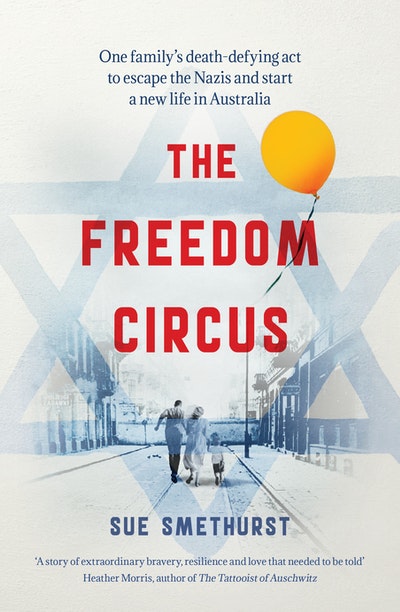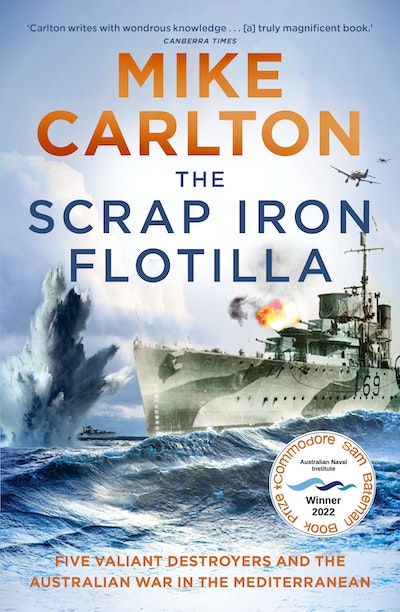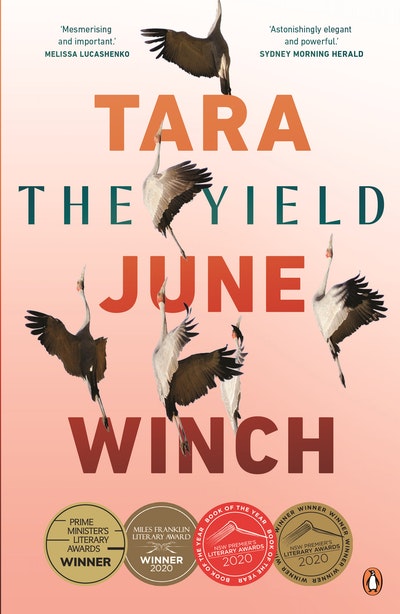These six books will deepen your understanding of our country’s past by showing you a different side of Australian history.
While most of us took an Australian history class at school, it's fair to say that history books don't always capture the full picture. In a country as sweeping as ours, it's impossible to condense the entire history into one neat package. As a result, many tales of Australia's past fly under the radar. Thankfully, however, there are plenty of authors who are digging deeper to uncover these little-known stories and bring them to the forefront.
No matter what your favourite genre is, these books will show you a new side of Australian history. See our suggestions based on the type of books you already enjoy, and be prepared to rethink what you thought you knew about Australia’s past.
Books that show a different side of Australian history
Fiction
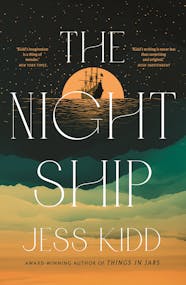
The Night Ship by Jess Kidd
Fans of contemporary fiction should consider The Night Ship by Jess Kidd a must-read. This page-turner tells the story of fate and friendship, following two children with intertwined destinies across centuries. Mayken’s story follows her onboard the Batavia in 1692, and Gil's life is confined to a seaside shack in 1989. Despite the hundreds of years between them, however, it seems that the two children are somehow inextricably bound together.
Romance
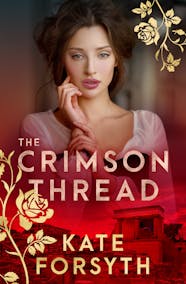
The Crimson Thread by Kate Forsyth
If you want a side of love with your history lesson, then The Crimson Thread is for you. Though the novel is set in Crete, the narrative shines a light on the little-known stories of Australian soldiers overseas during World War II. In the novel, two Australian soldiers are saved – and love-struck – by a young Greek woman, Alenka. As Crete suffers under the Nazi jackboot, she risks her life to hide the men. But danger lurks around every corner, and the three will be pushed to the extremes. Alenka will be forced to make extreme decisions about choose who to trust, who to love, and who to save.
Memoir
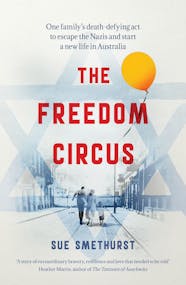
The Freedom Circus by Sue Smethurst
If you love memoirs, then you must read The Freedom Circus. Journalist Sue Smethurst knew it would be a challenge to get her grandmother-in-law, Mindla, to talk about her painful past. As she gradually gathered information about Mindla's escape from Poland to Australia during World War II, however, she realised that the story exceeded her wildest expectations. The resulting book is an account of Mindla’s life, following her and her circus-performer husband as they journeyed across the world in search of safety.
Indigenous themes
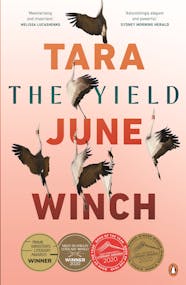
The Yield by Tara June Winch
When recalling Australia’s history, it must be remembered that indigenous people were here for thousands of years before colonisers ever arrived on the country’s shores. Though it’s a fictional novel, The Yield by Tara June Winch does an exquisite job of exploring themes around displacement and dispossession of Indigenous peoples. When August Gondiwinidi hears of her grandfather’s death, she returns home for his burial only to be plunged into a quest to save her family’s land. Along the way, she learns the lessons of her people, the past, and the culture that has endured despite the challenges they’ve faced.
Female Empowerment
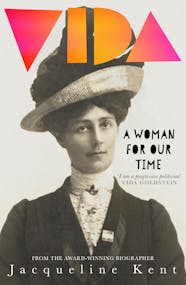
Vida by Jacqueline Kent
Vida by Jacqueline Kent is a stunning biography of the women’s rights advocate, Vida Goldstein. Still celebrated today for her suffrage campaigns in Australia, Britain and America, Vida Goldstein is undoubtedly one of the foremost women of courage and principle in Australian history. This book chronicles her life, from coming into adulthood in the new nation to her fights against issues that persist today.
For History Buffs
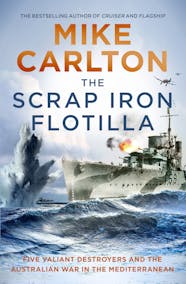
The Scrap Iron Flotilla by Mike Carlton
The Scrap Iron Flotilla is a fabulous read for anyone who considers themselves a history buff. When the British asked Australia for help at the outbreak of World War II, the government sent five destroyers to back up the British Royal Navy in the Mediterranean. While they were dismissed by the Nazis as nothing more than a load of scrap iron, these destroyers played a pivotal role in transporting soldiers, food, supplies, and ammunition as the war raged on. In late 1941, the ships were finally sent staggering back to Australia, but the part they played will live on forever in our country’s history.
